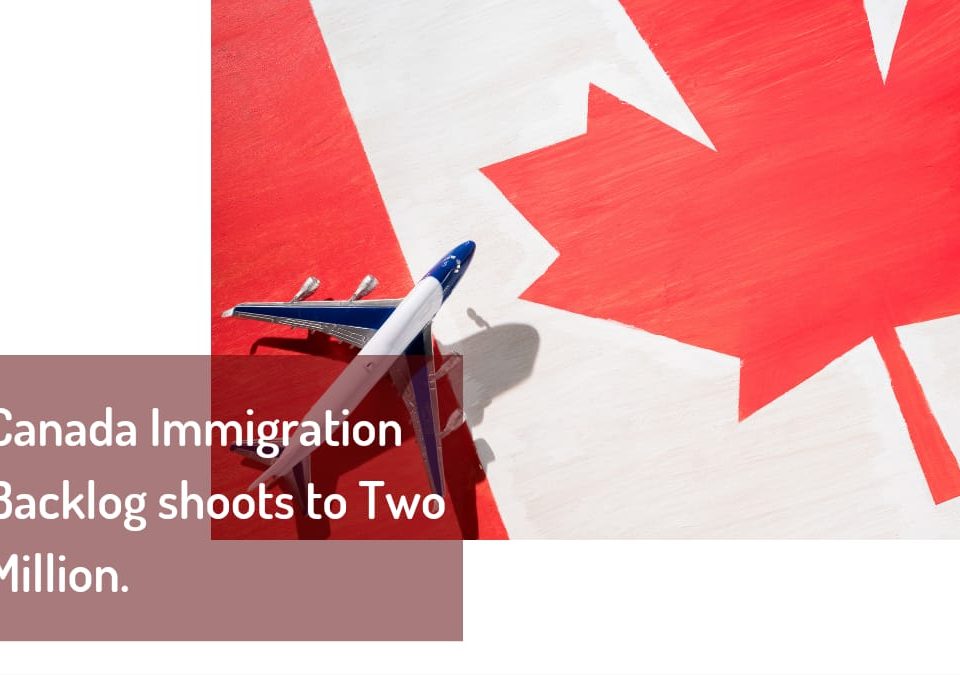7 Reasons To Study In Canada In 2022

11500 New Permanent Residents Welcomed by Canada
March 2, 2022
Servica : International Experience Canada Program
March 9, 2022The number of overseas students in Canada has continuously increased since 2015, when it welcomed 219,040 study permit holders, reaching 401,000 in 2019, the last full year before the COVID-19 pandemic hit the country. The number of overseas study permit holders in Canada decreased by 36.1 percent in the first year of the pandemic, to 256,165, but has subsequently returned dramatically.
Here are seven compelling reasons to pursue a degree in Canada.
Great schools
Out of the top 1000 best places to study in the QS world university ranking list, 26 were Canadian universities. Ontario, British Columbia, and Quebec are the most popular Canadian provinces for overseas students, as they are home to many of the country’s finest colleges.
Vibrant cities
Montreal was ranked as the sixth most vibrant city in the world by the Time Out hospitality website. This ranking can be attributed to Montreal’s community spirit. Moreover, their famous music and politics have made it abundantly clear that it is their differences that brings them together.
Fast-tracked study permits by SDS
Canada opened its doors even wider to overseas students in early July of last year, accepting applications to the Student Direct Stream (SDS) from seven more Central and South American and Caribbean countries.
Nearly 16,000 study permits were awarded by the IRCC in 2019 to applicants from the seven countries that will now be included in the SDS, with around 10,000 from Brazil and 4,400 from Colombia.
Welcoming attitude
International students are highly valued immigrants in Ottawa, which has put in place economic immigration measures to enable them to stay in the country after they finish their studies.
International students can work in Canada for up to three years after graduation with a Post-Graduation Work Permit, and they are free from Labour Market Impact Assessment (LMIA) regulations. This makes it easy for employers in Canada to hire them.
The Study and Stay Program in Atlantic Canada also provides a comprehensive range of services to some overseas students to assist them in fully integrating into Canadian society.The initiative was created to work in conjunction with the now-permanent Atlantic Immigration Pilot Program.
International friendly student policies
Ottawa made special efforts to make sure that international students’ education does not suffer due to the ongoing pandemic. Apart from increasing the number of countries from which international students could apply for expedited study permit processing through the Student Direct Stream, Canada also quickly implemented a vaccine passport system, allowing fully-vaccinated international students to avoid quarantine upon arrival. International students could potentially complete their education online and still be eligible for a Post-Graduation Work Permit in Canada (PGWP). With so many international students unable to go to Canada owing to COVID-19 restrictions, the solution was implemented in February 2021. Such responses only grew the desirability to study in Canadian universities.
Canadian education and immigration
Under the express entry system, the more the education applicant has, the more are the chances of being eligible for an Invitation to Apply. The Comprehensive Ranking System awards more points to candidates with greater education, thus increasing the likeliness of getting an ITA.A candidate can experience a jump of over 30 points because of their three-year bachelor’s degree.
Jobs are booming in Canada
Canada is witnessing enormous job creation and severe labor shortages in many industries, which means that students who graduate with industry-ready skills will have many options.
Statistics Canada revealed late last year that “the number of employment openings in Canada hit an all-time high of 912,600 in the third quarter of 2021, as firms and employees continued to react to lessening public health constraints and rapidly-evolving economic conditions.”
Record-high job vacancies corresponded with an increase in total employment and declining unemployment, just as they did in other economies recovering from the COVID-19 pandemic’s labor market effects.






